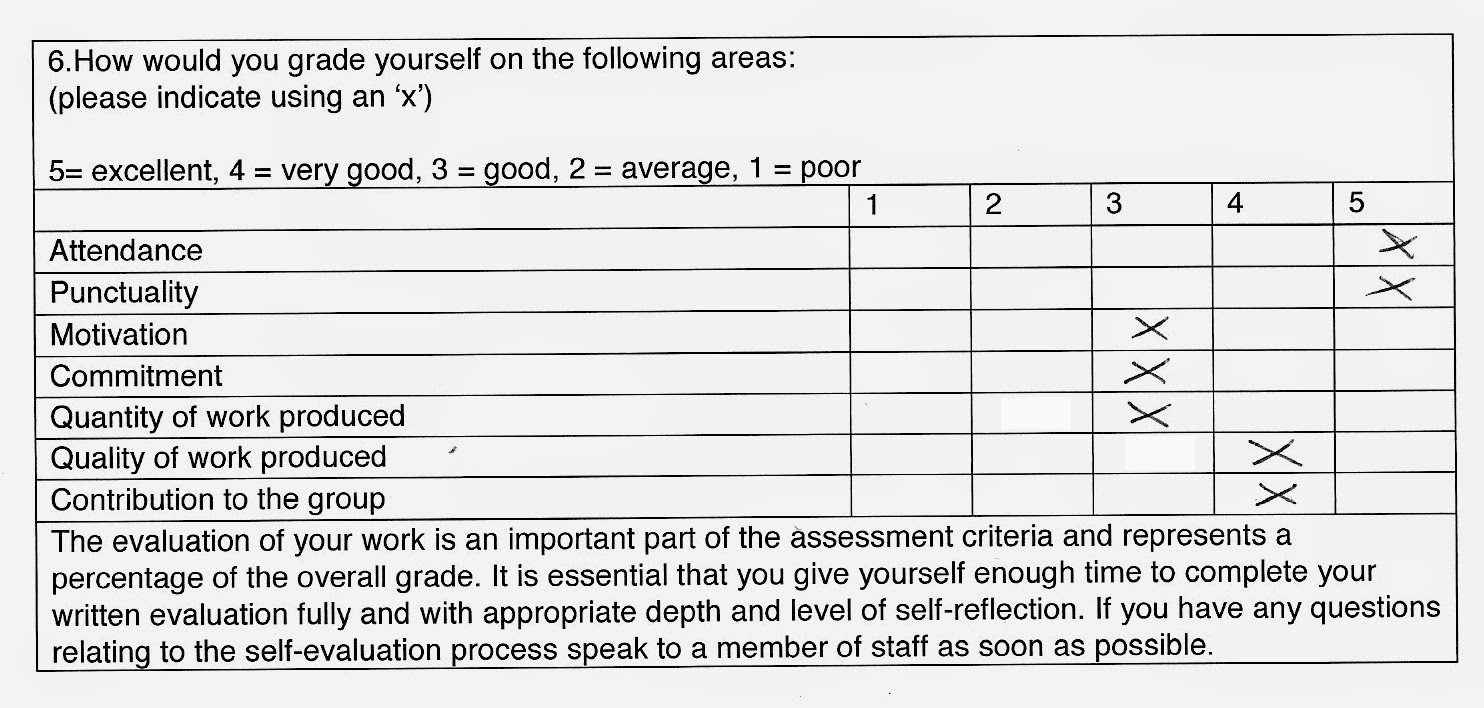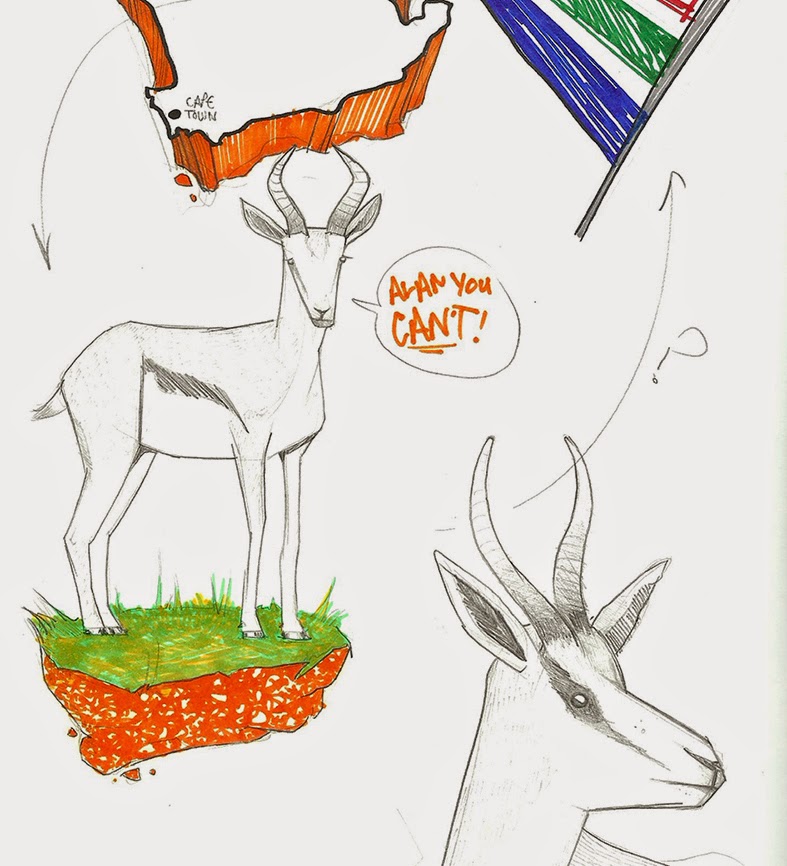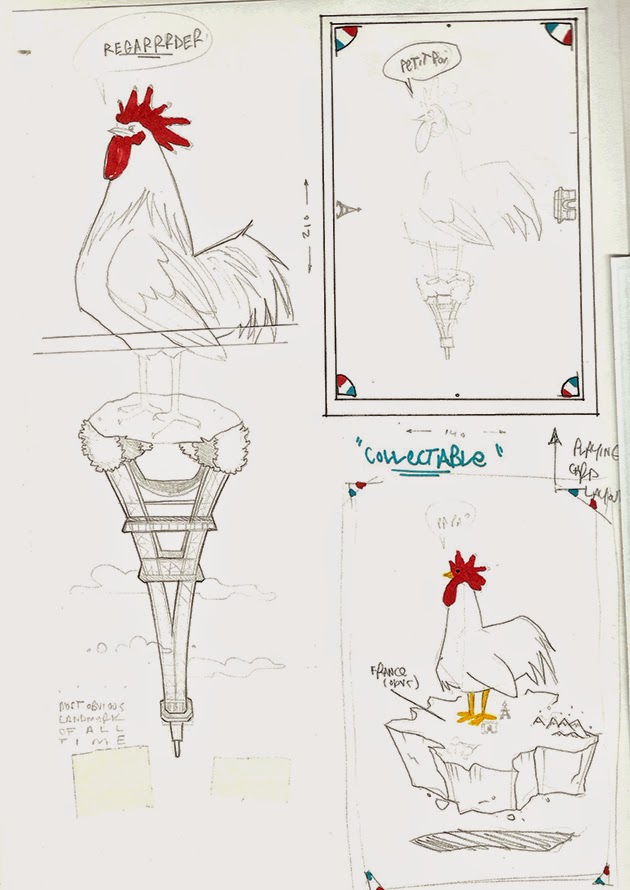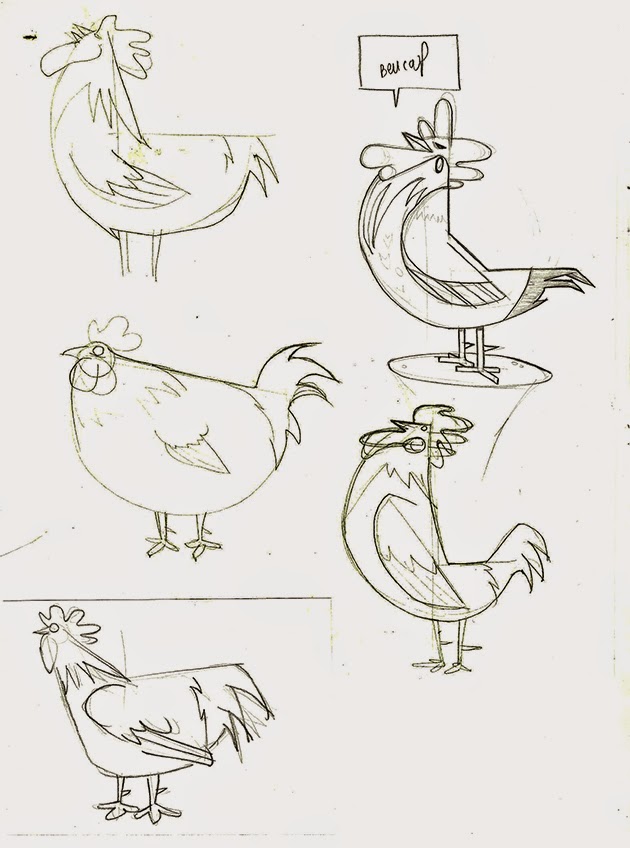Which practical skills and methodologies have you developed within this module and how effectively do you think you are employing them within your own practice?
I have learnt to speed up my reference drawing time and also that drawing several versions of the same subject (even though i don't particularly enjoy it) has taught me how objects look or move so i am able to draw these things again in the future without having to reference them so heavily. It's also shown me that it's not always so important to draw something exactly how you see, 100% accurate.
Also, looking at other artists work and how they compose their work, and even the techniques and materials they use can be helpful. More recently got to use the screen printing room again, and found myself picking it up a lot better than i had originally done within a large group. In general its encouraged to be more 'crafty'.
Which principles/ theories of image making have you found most valuable during this module and how effectively do you think you are employing these within your own practice?
To use different tools other than the safety of pen and pencil, to try and be a bit looser with the way i produce my work. I've tried new techniques to a point, but could still benefit from experimenting more.Also its taught me to consider the composition, line of sight, frame more than i usually would, and i usually consider it a lot. Again, repetitive drawing has impacted on me within other modules too - i'm finding myself knocking out roughs quickly without thinking too much how neat they look, of objects i wouldn't usually know how to draw, and thinking 'wow i couldn't do that a few months ago'.
What strengths can you identify within your Visual Language submission & how can you capitalise on these?
Having had experience with poster/flyer layout in the past i felt my consideration of composition and frame were already quite sound, and i feel I've always been wary of making my images to busy, too bunched up or spaced out.This will have only been improved on through the SB2 classes. Also working with a restricted colour palette i feel I've dealt with quite well, and it's something i enjoyed being challenged with. Final product has also been to a hight standard.
What areas for development can you identify within your Visual Language submission and how will you address these in the future?
Analogue-based work. I know what i'm good at so i need to try methods and techniques that I'm not so familiar with. I felt disappointed with my sketchbook work throughout the SB1 part of the module because i wouldn't be producing enough work or that the work i was producing was using techniques that i was already more than proficient at. Everyone was making interesting looking stuff with paints,ink,paper cuts etc, and i was turning up with (what i felt was) soulless,polished digital work with no substance. I also put this largely down to not giving myself enough time to actually have a decent play around with these new methods and materials.
In what way has this module informed how you deconstruct and analyse artwork (whether your own or that of contemporary practitioners)?
Looking at other artists work has taught me how to go about making images more interesting to look at without necessarily adding more elements to the picture.Its made looking at art more interesting for me swell, as i now notice the way an artist has used frame, composition, depth, line of sight etc. It's made me think more of it than simply wether it looks attractive or accomplished - I've also started noticing the not so well thought-out compositions.
The importance of development sketches again has been recognised. It gives me the opportunity to move things about into different arrangements, colours and sizes before committing to anything final or too detailed.




















.jpg)
.jpg)



































